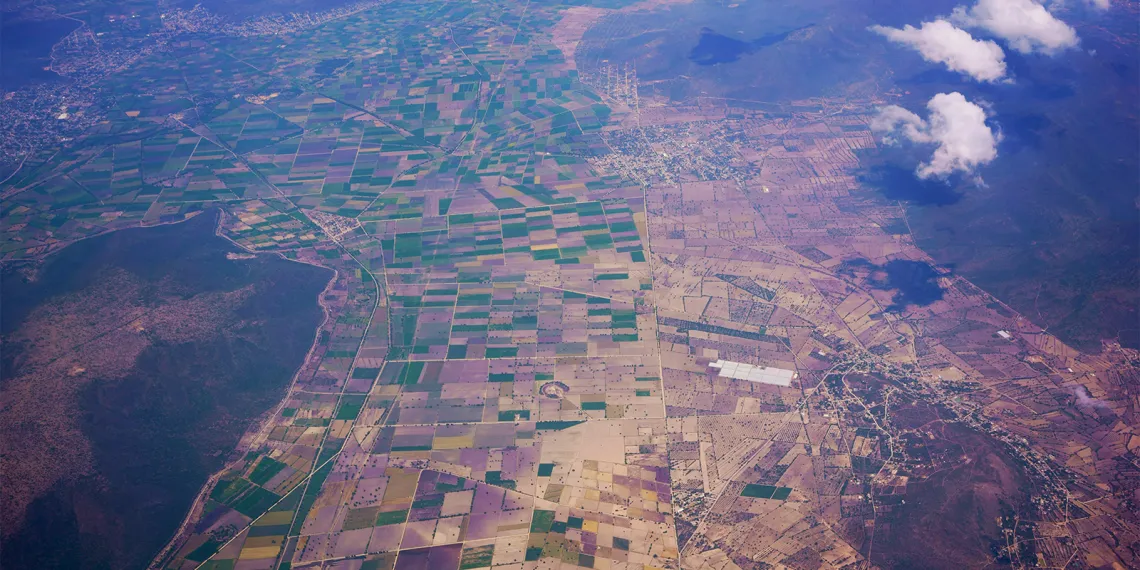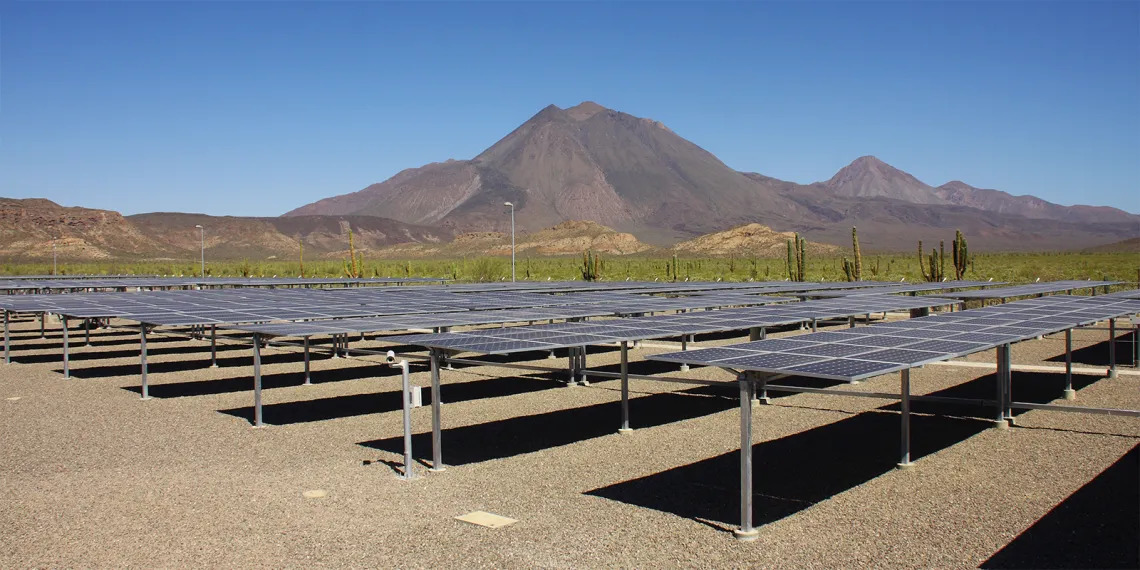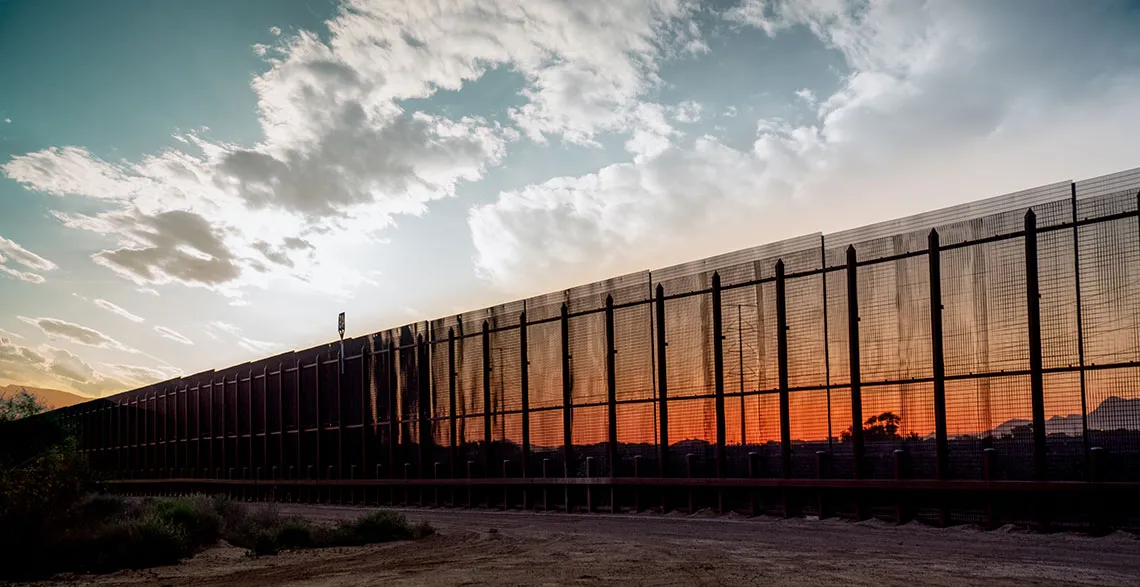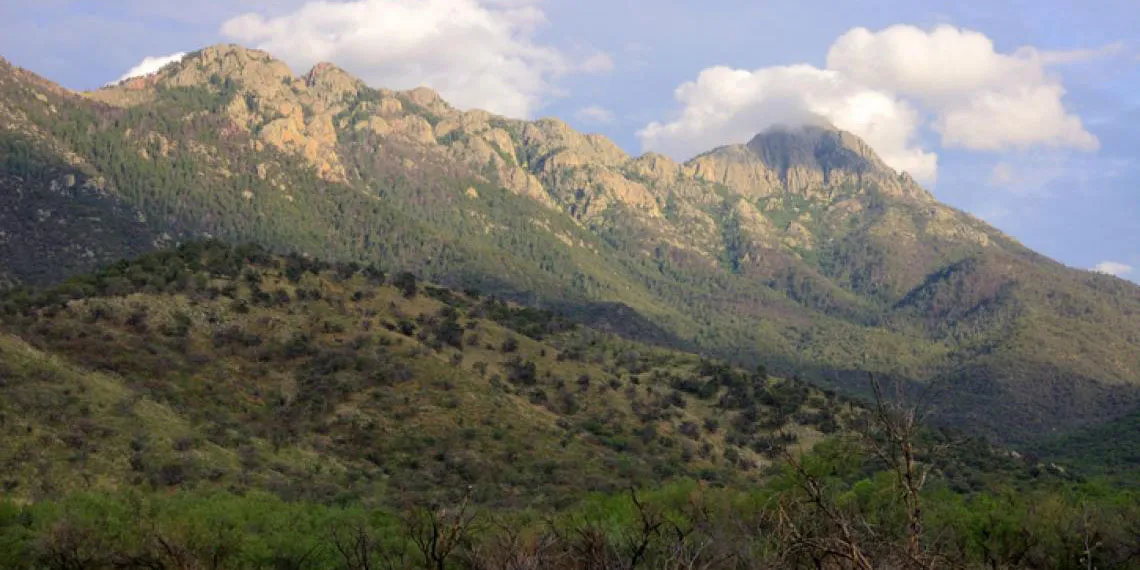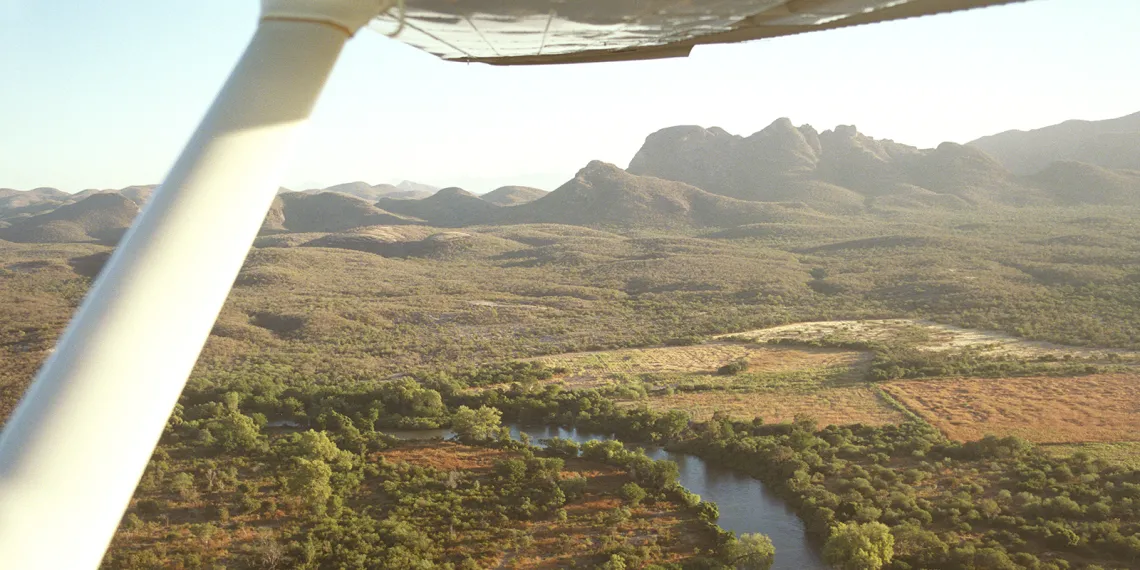Teams on both sides of the border are fostering binational solutions to address climate change in the Southwest.
The Sonoran Desert is ground zero for climate change.
The 100,000-square-mile area along the United States-Mexico border has experienced drought, ravaging floods, wildfire and dust; climate change is expected to make the region hotter and drier, triggering irreversible changes to the ecosystem. Both countries are also experiencing rapid growth and pressing social problems that are made worse by a rapidly changing climate.
Researchers on both sides of the border are engaged in efforts to better understand how a warming planet would impact plants, animals, water resources and natural disasters. In 2014, the Consortium for Arizona-Mexico Arid Environments, or CAZMEX, was created to bring together researchers from both sides of the border to monitor physical, biological and social dynamics in the Sonoran Desert; create sustainable strategies to adapt; and promote partnerships between the public and private sectors to achieve the goals.
“In any regions where there are borders, but especially along the United States-Mexico border, the landscape does not adhere to political boundaries,” says Benjamin Wilder, CAZMEX coordinator and director of the Desert Laboratory on Tumamoc Hill in Tucson, Ariz. “We share deep connections physically, biologically and culturally and there is inherent traction within the research community when we cross borders and work together.”
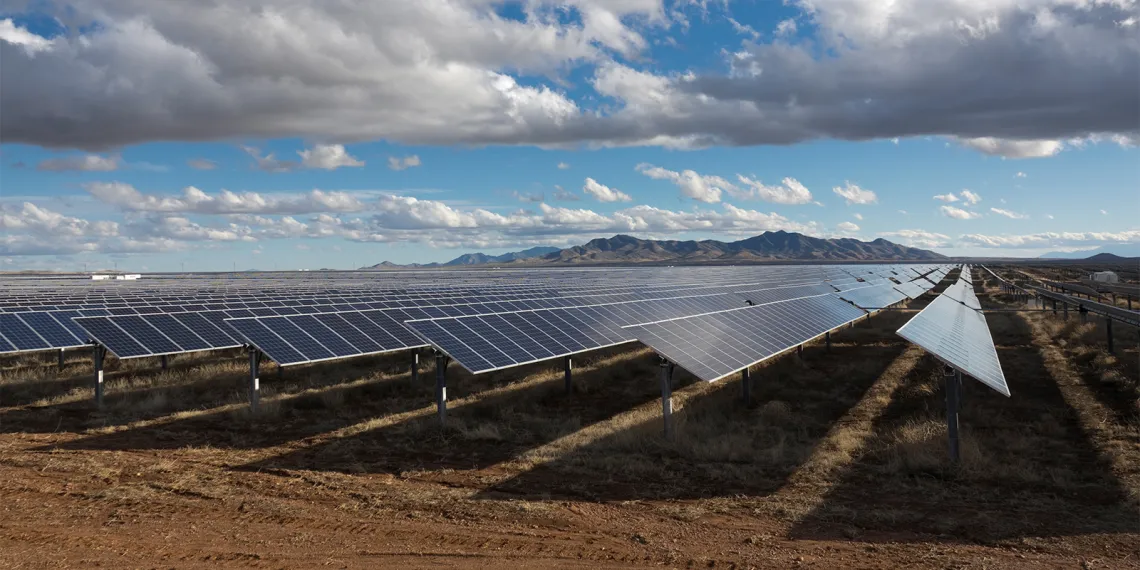
Enhancing the Sustainability of Arid Environments
CAZMEX, also known as the Binational Consortium for Regional Scientific Development and Innovation, is housed at the University of Arizona. It aims to strengthen existing partnerships and forge new collaborations between researchers at UArizona and universities across Mexico, and address shared challenges associated with rapid growth and social problems, both of which are exacerbated by climate change.
In tackling the issue of climate change in the Sonoran Desert, researchers have the opportunity to make a bigger impact on U.S.-Mexico relations, according to CAZMEX director Christopher Scott.
“CAZMEX is all about building and strengthening communities of practice and impact through science crossing borders, particularly at a time when barriers and distrust seem increasingly common in our shared borderlands region,” Scott says. “Solutions and responses to climate and other challenges need to be multi-national and interdisciplinary; CAZMEX supports both.”
The strategic themes for these research cohorts are drought and other climate extremes, water resources and management, ecosystem processes, food systems, renewable energy, social and institutional dynamics and governance, and economic development.
Funding from the Mexican Council for Science and Technology (CONACyT); Agnese Nelms Haury Program in Environment and Social Justice; UA; and the Brown Foundation allow scientists to study the socio-ecological region.
The funding requires a 50/50 match between CONACyT and UArizona partner institutions and provides seed money to support important climate change projects; scientists are expected to seek out other funding to support their research.
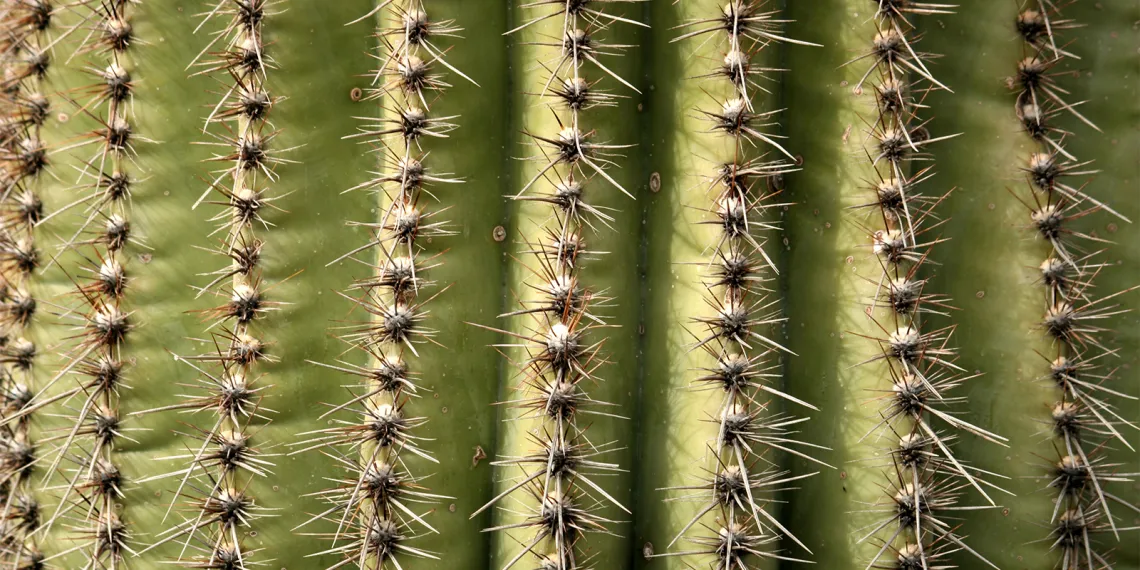
Sequencing the Saguaro
Over the last five years, CAZMEX has supported scientists exploring a range of climate-related topics; their research ranges from using solar power for desalination in remote rural areas to mimicking future atmospheric projections to assess the impact of carbon levels on tree populations.
One landmark project brought together researchers from UA, Arizona State University and Universidad Nacional Autónoma de México to map the genome of the saguaro cactus. Using next generation sequencing methods to decipher the saguaro was essential to understanding the evolution of the iconic cactus species and how it adapts to extreme environments. Their research, published in the journal Proceedings of the National Academy of Sciences, provided the first step for using the saguaro as a model to better understand how both the saguaro and other columnar species of cacti might adapt to climate change.
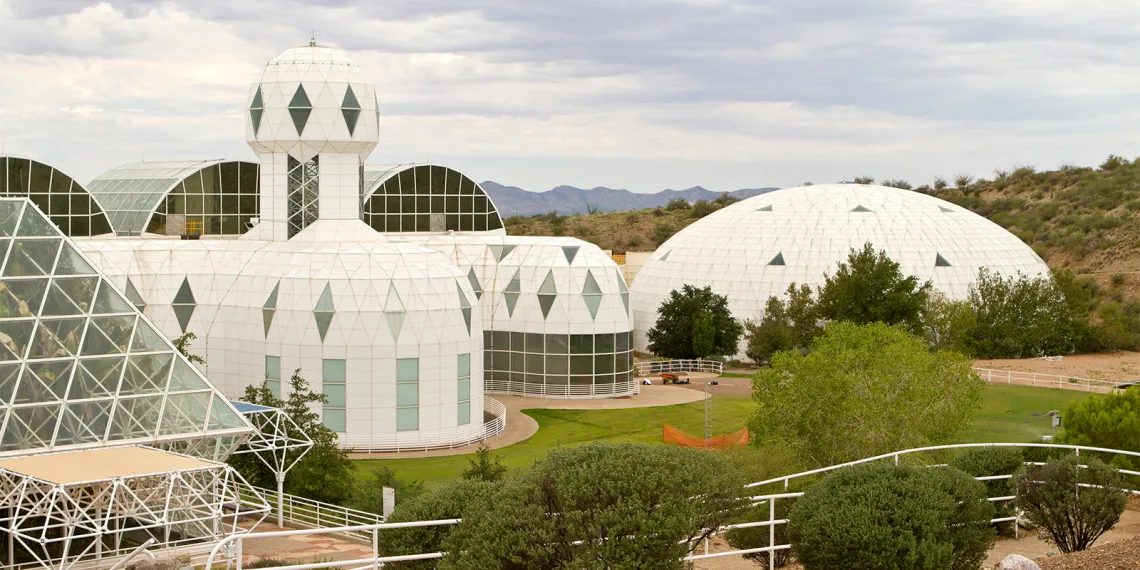
Biosphere 2 at the University of Arizona.
Fostering Science-based Solutions
The findings coming out of CAZMEX continue to contribute to the growing field of knowledge about the impact of climate change in the Sonoran Desert. To further ensure that science-based solutions continue gaining traction, CAZMEX is also working to equip emerging scientists to address climate change.
An annual binational Integrated Arid Environments winter school provides hands-on training to 30 graduate students and junior scientists based on CAZMEX strategic themes; the locations for winter school rotate between Arizona and Mexico. The consortium also established a grant mechanism to leverage CONACyT-supported research projects and post-doc fellowships.
“Programs like this are responsive to what students want to learn,” Wilder says, “and teach them to better explain their science while providing a mechanism for them to experience different cultures and engage in cross-border scholarship.”


